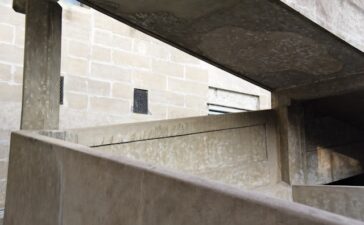Reverse osmosis is one of the drinking water filtration types that are available in the market. This is a system that can remove the majority of the contaminants in the water which makes it a popular choice for many homeowners.
In addition to domestic water filtration systems, there are commercial reverse osmosis systems as well. Reverse osmosis can improve the taste and the quality of drinking water. Osmosis requires the use of a semi-permeable membrane where a solvent or water passes by leaving particles on one side of the membrane. The direction of the solvent in normal osmosis is from highest concentration to lowest concentration. This is how water and nutrients are taken from the trees by the roots. In reverse osmosis, there is an external pressure that forces water through the semi-permeable membrane and this enables the reverse of the normal action to take place. That is from lowest concentration to highest concentration. Unfiltered water has a lower concentration and that is what is forced through the membrane separating the contaminants of water creating filtered water on the other side.

This system can be installed in addition to a water softener system so that you are able to get a pure water drinking taste at the end. You will be able to target contaminants that other water filtration systems can miss when you use a reverse osmosis system. Some of the contaminants removed by this system are lead, fluoride, arsenic, cadmium, cysts, selenium, copper, radium and total dissolved solids. You can carry out laundry, gardening and showering with soft water but when it comes to drinking water, you should have crisp and clean tasting water. A water softener will not be able to remove all dissolved solids so it can affect the taste of the water. A reverse osmosis system will have the reverse osmosis membrane and two carbon filters. Water is filtered before it reaches the membrane so that it gives some protection to the membrane and contributes to the durability of the system.
The pre-filtration stage in a reverse osmosis system will remove large particles and some of the dissolved solids from the water. This can be the sediment filter or a carbon block filter. This prevents a majority of the contaminants from reaching the membrane and blocking it. It also removes some of the chlorine so that it doesn’t damage the filter. The membrane is generally made out of synthetic plastic. There are also thin film composite membranes that have a high resistance to bacteria. There is another carbon filter that the water goes through after being filtered by the membrane. This will remove any remaining contaminants and the filtered water is then directed to a storage tank.

You don’t need to have a lot of space in your home to install a reverse osmosis filter. But this will depend on the brand as well. You can install them under the counter below the kitchen sink and you can install them in basements as well as long as it is below the kitchen plumbing. There are also above counter wall mounted units. If the reverse osmosis system is for the entire house, the unit will be larger and you will need to install it at the point where water enters the house.





